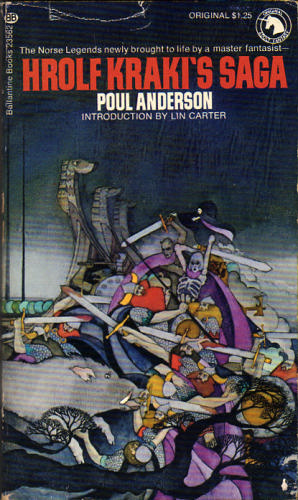 Let us die in the doing of deeds for his sake;
Let us die in the doing of deeds for his sake;
let fright itself run afraid from our shouts;
let weapons measure the warrior’s worth.
Though life is lost, one thing will outlive us:
memory sinks not beneath the mould.
Till the Weird of the World stands unforgotten,
high under heaven, the hero’s name.
–from Hrolf Kraki’s Saga, Poul Anderson
If I had to choose a favorite sub-genre of fantasy literature it would be those writings showing the clear influence of ancient Northern mythology. Fantasy critic Lin Carter once described a group of writers including the likes of J.R.R. Tolkien, Poul Anderson, and William Morris as being possessed by “The Northern Thing”; I too am firmly in that Icelandic grip of iron. There’s just something about tales of pagan heroes possessed of grim northern courage, set against a backdrop of bleak fjords and smoldering mountain peaks and gray lowering skies, that make me want to hop on the nearest dragon-headed longship and go a-viking.
Following in no particular order are my top 10 favorite northern stories. These are stories inspired by northern myth (the Prose and Poetic Eddas), legend (the Icelandic Sagas), or history (the Danish invasions of England), and sometimes all three at once.
1. The Broken Sword, Poul Anderson. Arguably the greatest fantasy novel without the name J.R.R. Tolkien on its cover, The Broken Sword combines Norse mythology, inexorable tragic fate, faerie races vs. encroaching humanity, and Christianity vs. Paganism in a bloodthirsty, unforgettable saga.
2. Hrolf Kraki’s Saga, Poul Anderson. Anderson makes his second appearance on this list, the only author to do so. Hrolf Kraki’s Saga is a terrific, too little known novel that moves with the speed of lightning (just 260 pages) and hits with the impact of Thor’s hammer. It’s also a retelling of the life and times of an actual Danish king of the same name, and is rendered even more powerful and mythic with its tragic Arthurian overtones.
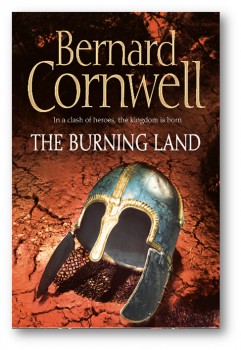 3. The Saxon Stories, Bernard Cornwell. Uhtred of Bebbanburg is a Saxon youth captured and raised among the Danes, who then proceeds to spend the next several books in this yet-unfinished series fighting alternately for both sides in war-torn 9th century England. The Saxon Stories features Cornwell, a brilliant historical fiction writer, at his near-best (though I still prefer his Warlord Trilogy) with Viking raids, shield walls, axes, dark ages combat, hall-burnings, and general mayhem galore. Great stuff.
3. The Saxon Stories, Bernard Cornwell. Uhtred of Bebbanburg is a Saxon youth captured and raised among the Danes, who then proceeds to spend the next several books in this yet-unfinished series fighting alternately for both sides in war-torn 9th century England. The Saxon Stories features Cornwell, a brilliant historical fiction writer, at his near-best (though I still prefer his Warlord Trilogy) with Viking raids, shield walls, axes, dark ages combat, hall-burnings, and general mayhem galore. Great stuff.
…
Read More Read More
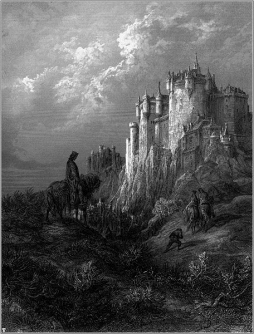 National Novel Writing Month is well underway for me. I’ve gotten a start on my novel, at the same time as I’m still getting the structure figured out. I’ll have some thoughts on my process, and what I’m learning, a bit later in this post; first, I want to write a bit about the subject I’m wrestling with, the Matter of Britain.
National Novel Writing Month is well underway for me. I’ve gotten a start on my novel, at the same time as I’m still getting the structure figured out. I’ll have some thoughts on my process, and what I’m learning, a bit later in this post; first, I want to write a bit about the subject I’m wrestling with, the Matter of Britain.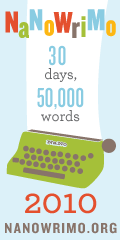 Tonight, children go trick-or-treating, and many adults go to Halloween parties, thereby, perhaps, proving Ogden Nash’s line that children get more joy out of childhood than adults get out of adultery. For myself, though, I’ll be counting down the minutes to midnight, scrawling notes and making plans. Because at 12 AM, November 1,
Tonight, children go trick-or-treating, and many adults go to Halloween parties, thereby, perhaps, proving Ogden Nash’s line that children get more joy out of childhood than adults get out of adultery. For myself, though, I’ll be counting down the minutes to midnight, scrawling notes and making plans. Because at 12 AM, November 1, 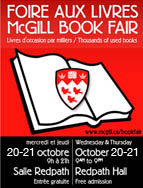 The McGill book fair is the largest English-language used book sale in Montreal. It’s been held for decades, every October, on the second Wednesday and Thursday after Thanksgiving (which in Canada is on the second Monday in October). Every year an eclectic mix of thousands of books are sold, helping to raise money for scholarships.
The McGill book fair is the largest English-language used book sale in Montreal. It’s been held for decades, every October, on the second Wednesday and Thursday after Thanksgiving (which in Canada is on the second Monday in October). Every year an eclectic mix of thousands of books are sold, helping to raise money for scholarships. 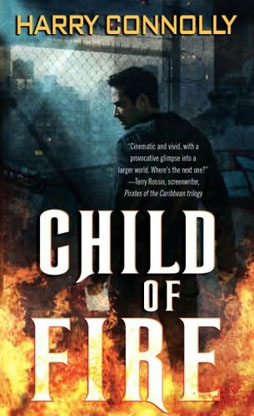 This essay first appeared as a part of Jim C. Hines’s First Book Friday series, in which authors describe their first sales. You can read the entire series on
This essay first appeared as a part of Jim C. Hines’s First Book Friday series, in which authors describe their first sales. You can read the entire series on 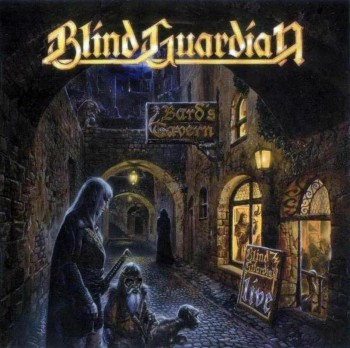 To the gods of the north, I pray
To the gods of the north, I pray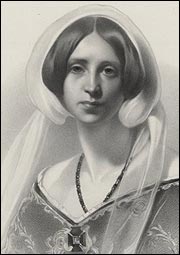 This is the fourth in a series of posts investigating the question of who wrote the first otherworld fantasy (you can find the first part
This is the fourth in a series of posts investigating the question of who wrote the first otherworld fantasy (you can find the first part 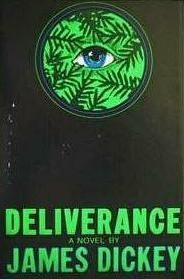 I lay with the flashlight still in one hand, and tried to shape the day. The river ran through it, but before we got back into the current other things were possible. What I thought about mainly was that I was in a place where none—or almost none—of my daily ways of living my life would work; there was not habit I could call on. Is this freedom? I wondered.
I lay with the flashlight still in one hand, and tried to shape the day. The river ran through it, but before we got back into the current other things were possible. What I thought about mainly was that I was in a place where none—or almost none—of my daily ways of living my life would work; there was not habit I could call on. Is this freedom? I wondered.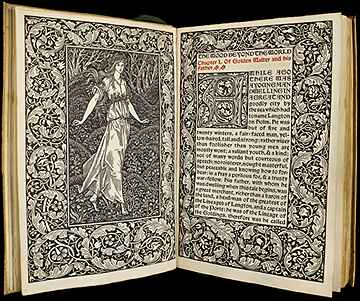 This is the third in a series of posts looking at the question of who wrote the first otherworld fantasy: that is, the first fantasy to be set entirely in its own fictional world, with no connection to conventional reality at all. It’s an innovation traditionally ascribed to William Morris, but I think I’ve found an earlier writer who deserves that honor.
This is the third in a series of posts looking at the question of who wrote the first otherworld fantasy: that is, the first fantasy to be set entirely in its own fictional world, with no connection to conventional reality at all. It’s an innovation traditionally ascribed to William Morris, but I think I’ve found an earlier writer who deserves that honor.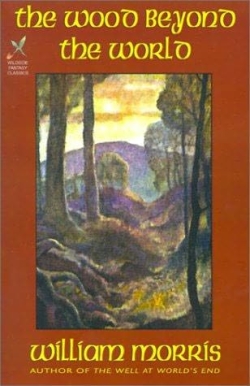 This is the second post in a series trying to answer what looks like a simple question: who wrote the first fantasy set entirely in another world? As I found in my
This is the second post in a series trying to answer what looks like a simple question: who wrote the first fantasy set entirely in another world? As I found in my  Let us die in the doing of deeds for his sake;
Let us die in the doing of deeds for his sake; 3. The Saxon Stories, Bernard Cornwell. Uhtred of Bebbanburg is a Saxon youth captured and raised among the Danes, who then proceeds to spend the next several books in this yet-unfinished series fighting alternately for both sides in war-torn 9th century England. The Saxon Stories features Cornwell, a brilliant historical fiction writer, at his near-best (though I still prefer his Warlord Trilogy) with Viking raids, shield walls, axes, dark ages combat, hall-burnings, and general mayhem galore. Great stuff.
3. The Saxon Stories, Bernard Cornwell. Uhtred of Bebbanburg is a Saxon youth captured and raised among the Danes, who then proceeds to spend the next several books in this yet-unfinished series fighting alternately for both sides in war-torn 9th century England. The Saxon Stories features Cornwell, a brilliant historical fiction writer, at his near-best (though I still prefer his Warlord Trilogy) with Viking raids, shield walls, axes, dark ages combat, hall-burnings, and general mayhem galore. Great stuff.